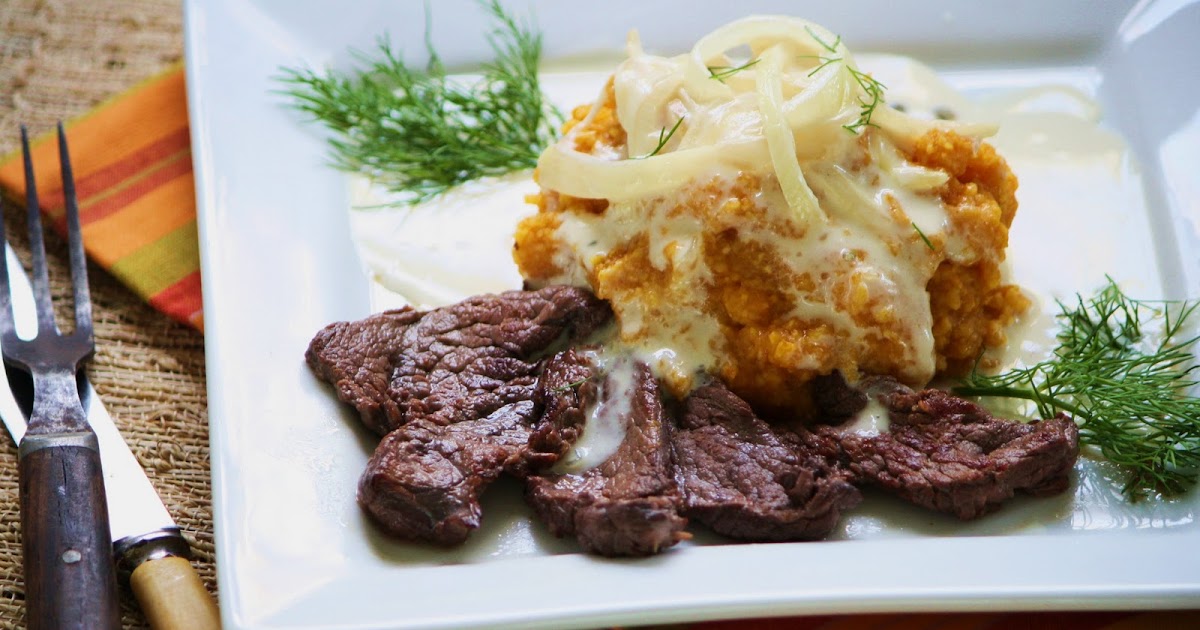Introduction: Meat is a staple in Eswatini cuisine
Meat is an essential component of Eswatini cuisine. It is used in most dishes, and its preparation and consumption are deeply rooted in the country’s culture. Meat is an important source of protein in Eswatini, and it plays a significant role in the country’s economy. The country’s rich agricultural heritage ensures that meat is readily available and affordable to most of the population.
Cultural significance of meat in Eswatini
Meat is highly valued in Eswatini’s culture, and it is often used in traditional ceremonies and celebrations. In Swazi culture, meat is a symbol of wealth and prosperity, and it is considered a sign of hospitality to offer guests meat dishes. Cattle are highly revered in Eswatini, and they are often used as a form of currency or as a dowry payment. The slaughtering of a cow is a significant event, and it is usually accompanied by a feast that is attended by family members and friends.
Types of meat commonly used in Eswatini dishes
Beef, goat, and chicken are the most commonly used meats in Eswatini dishes. Beef is the most popular meat, and it is used in many dishes, such as beef stew, beef curry, and grilled beef. Goat meat is also a favorite, and it is often used in traditional dishes such as umnqusho (maize and bean soup) and incwancwa (dried meat). Chicken is another popular meat, and it is used in dishes such as chicken curry and chicken stew.
Traditional meat dishes in Eswatini
Eswatini has a rich culinary tradition, and meat is the centerpiece of many traditional dishes. One such dish is sidvudvu (tripe), which is made from the stomach lining of a cow and is often served with pap (maize porridge). Another popular dish is emahewu, which is a thick porridge made from sorghum and served with meat and vegetables. Other traditional dishes include umnqusho (maize and bean soup) and incwancwa (dried meat).
Evolution of meat in Eswatini cuisine
Eswatini’s cuisine has evolved over the years, and so has the use of meat in its dishes. Modern cooking techniques and ingredients have given rise to new dishes that blend traditional and modern flavors. For example, beef and chicken burgers are now common in Eswatini, and they are often served with chips (fries) and a variety of sauces. Pizza and pasta dishes with meat toppings are also popular in the country.
Health implications of consuming meat in Eswatini
While meat is a vital source of protein, excessive consumption can lead to health problems such as heart disease, high blood pressure, and diabetes. Eswatini has one of the highest rates of obesity in Africa, and meat consumption is thought to play a role in this trend. The government has launched campaigns to encourage a healthier lifestyle, including reducing meat consumption and increasing the consumption of fruits and vegetables.
Meat consumption trends in Eswatini
Meat consumption in Eswatini has been increasing in recent years, driven by a growing middle class and increasing urbanization. However, economic challenges such as rising meat prices and high levels of poverty mean that not everyone can afford to eat meat regularly. Vegetarianism and veganism are still relatively uncommon in the country.
Conclusion: The importance of meat in Eswatini cuisine
Meat is an essential component of Eswatini cuisine, and it plays a significant role in the country’s culture and economy. While excessive consumption can lead to health problems, meat is still an important source of protein for many people in the country. As the country continues to develop, it will be important to strike a balance between traditional and modern food choices while promoting a healthy lifestyle.

